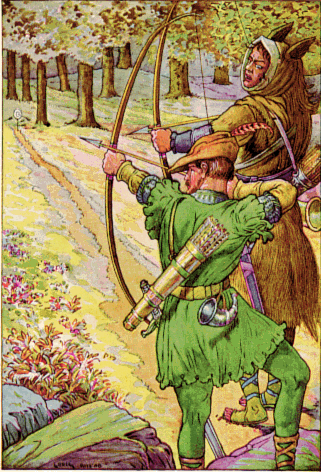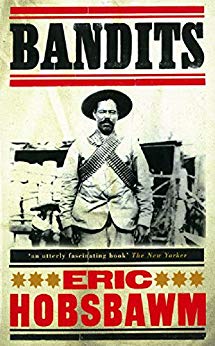
Can criteria used by New Testament scholars to uncover the historical Jesus (i.e., it is probably true if it is embarrassing, multiply attested, etc etc.) also be used on early ballads to see if we can know anything “probable” about the historical Robin Hood? Some people have “entertained reasonable doubts” about Robin Hood’s historicity, but at least one New Testament scholar has argued that if we can establish the probability of a deed or saying of Jesus Christ then it follows that he did exist. And we must not forget that “even fabricated material may provide a true sense of the gist of what Jesus Christ [ergo Robin Hood?] was about, however inauthentic it may be as far as the specific details are concerned” (from Dr McGrath’s review of Dr Dale C. Allison).
There is one modern historian who has much to learn from these pioneering advances in historiography made by historical Jesus scholarship, though since he is 94 years old now he had better hurry. Eric Hobsbawm has himself pioneered the historical study of social banditry (bandits who are accepted and honoured by societies as heroes) and, like the New Testament scholars, has made abundant use of mythical or legendary material. Unfortunately he never seems to have attended the same conferences as Jesus historians and so has missed out on the methods they have pioneered:
- the rigorous application of precisely articulated criteria to dig beneath the surface of unprovenanced mythical tales to discover the probable historical nuggets at the root of them all
- the use of even fabricated material, however inauthentic its specific details, in order to arrive at the true historical “gist” of the historical person at the centre of the narrative. (See NT Scholars are Pioneers for details)
Here is what Eric Hobsbawm has explained about his use of mythical or legendary material across the three different editions of one of his more famous works, Bandits. His bandit and bandit myth subjects ranged from the sixteenth to the twentieth centuries.
A rather tricky historical source: Continue reading “How modern historians use myths as historical sources – or, Can Hobsbawm recover the historical Robin Hood?”

